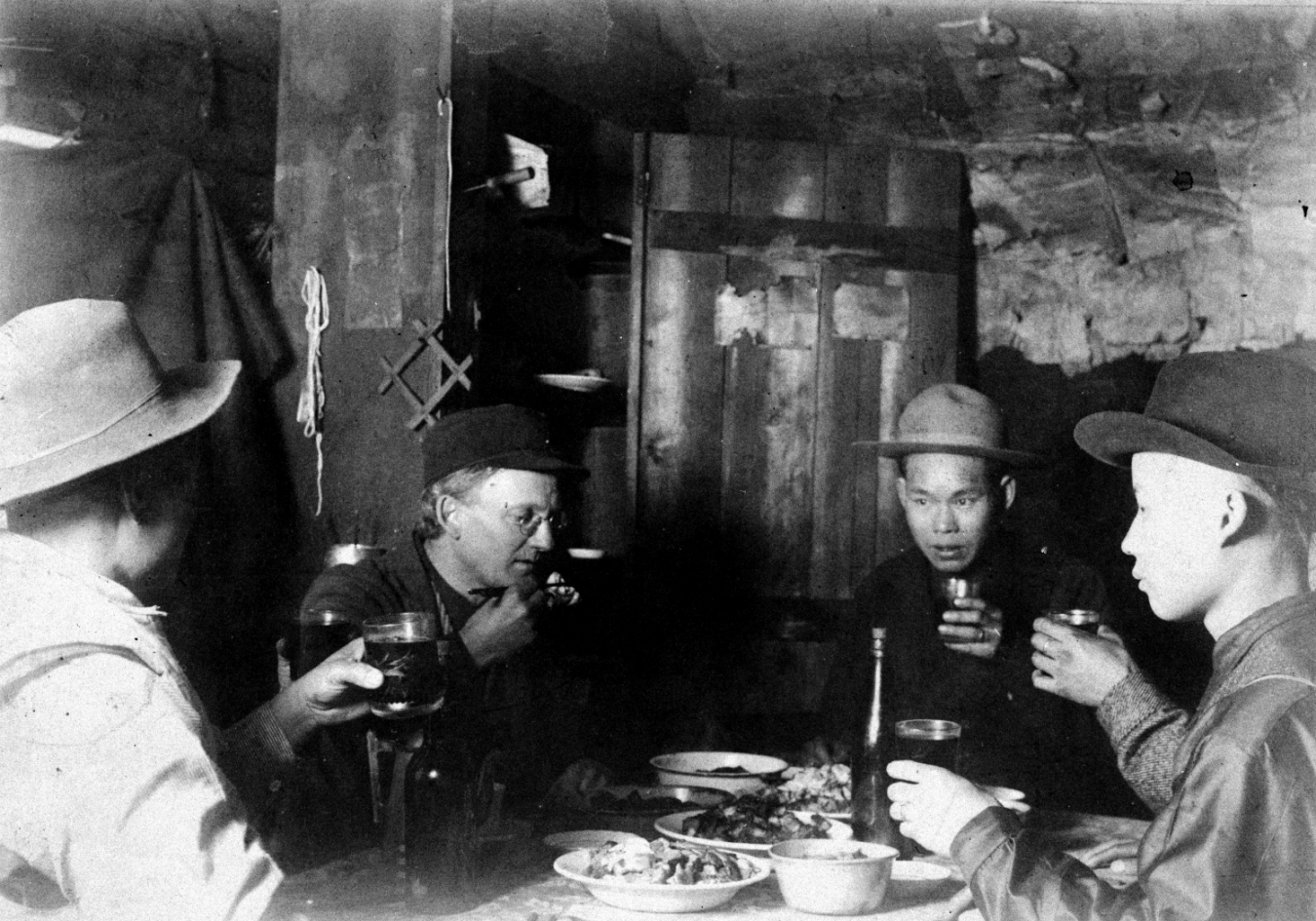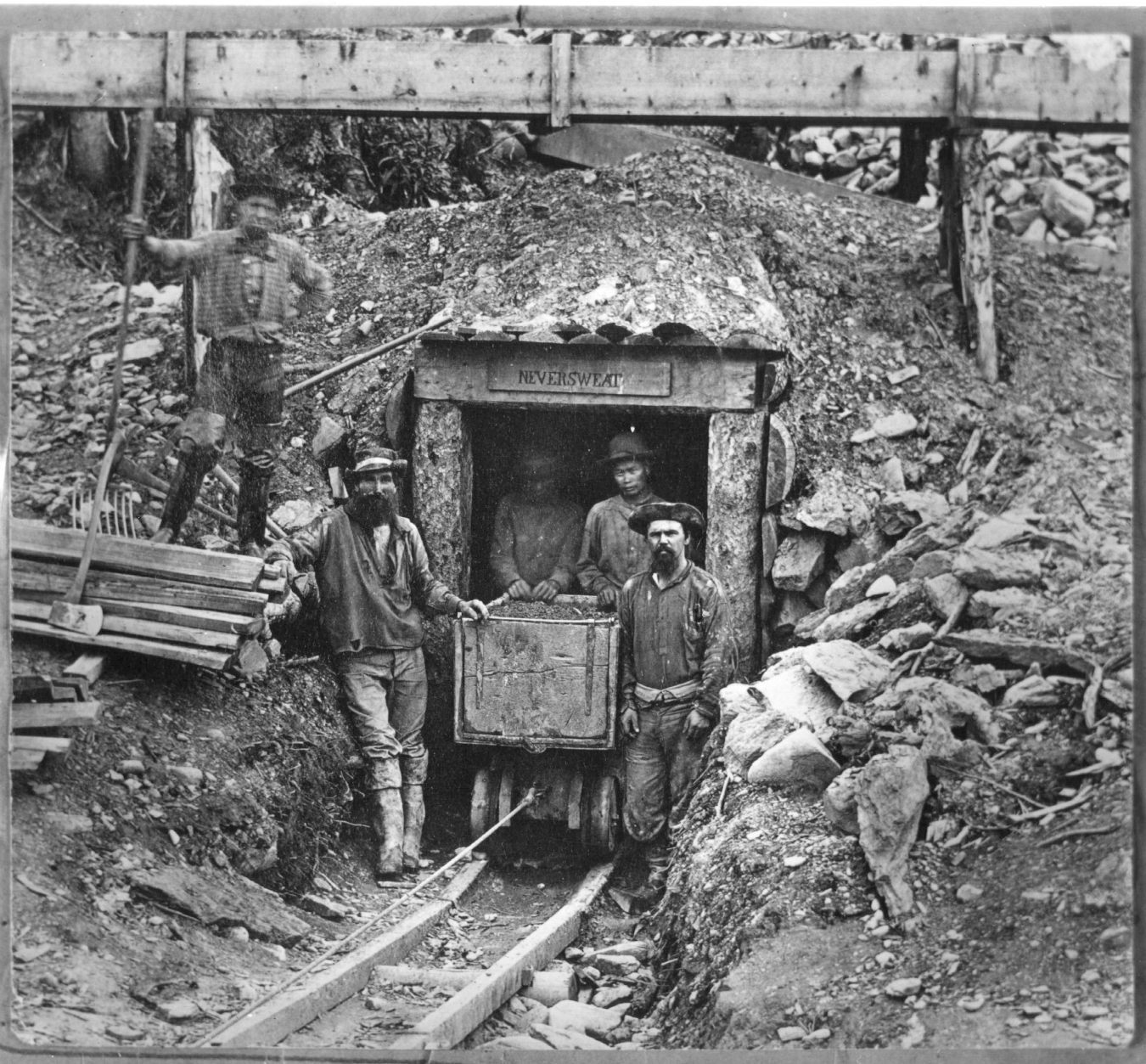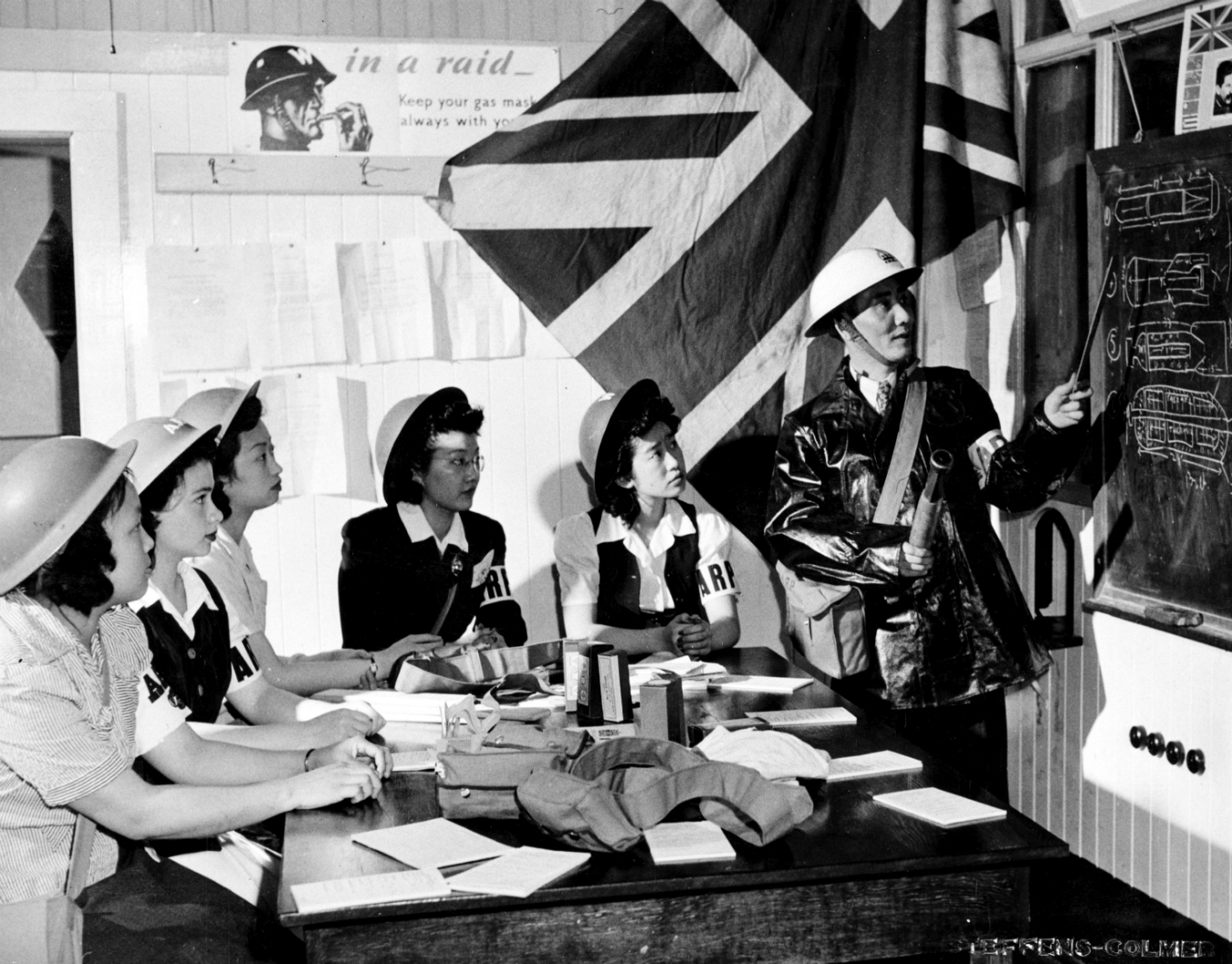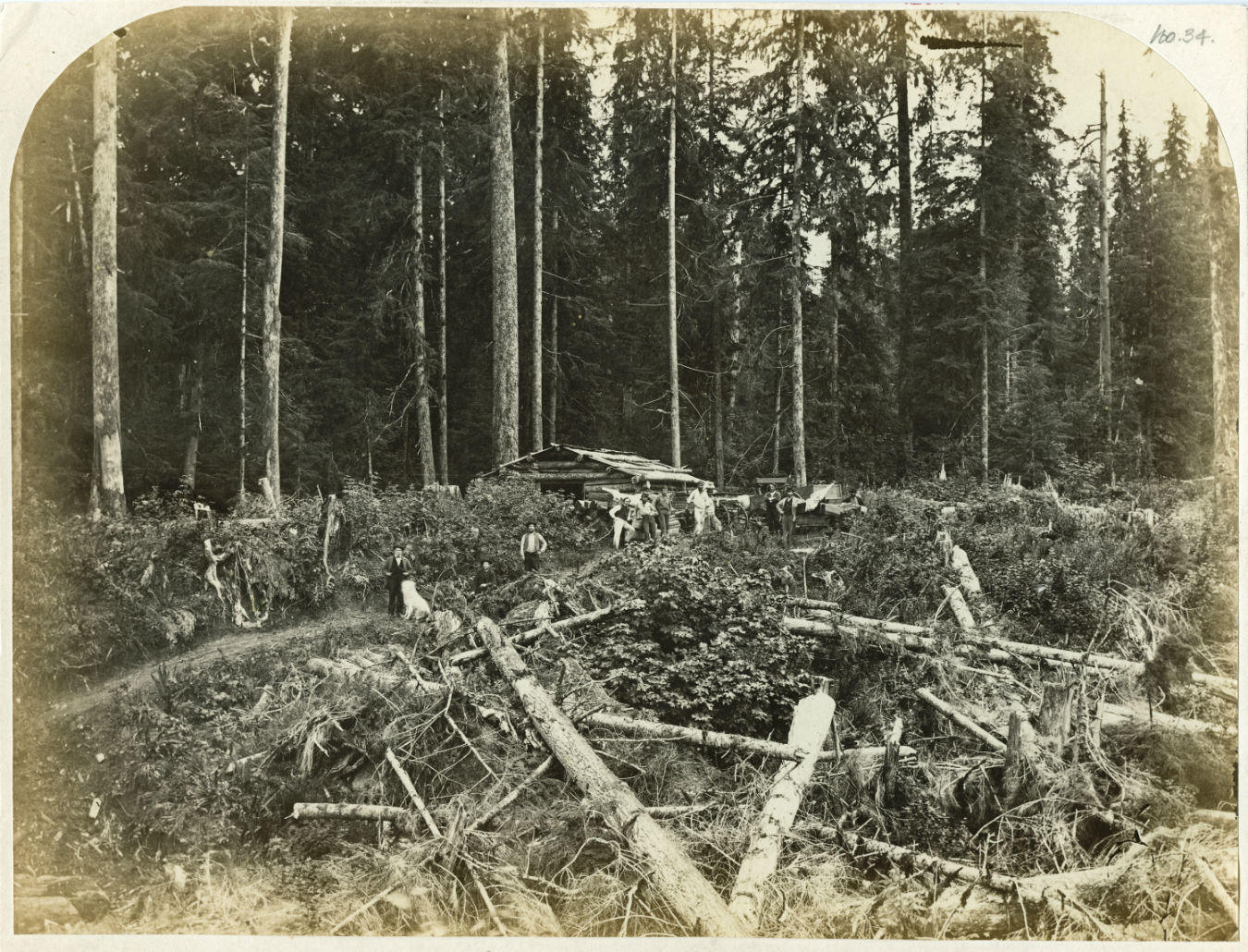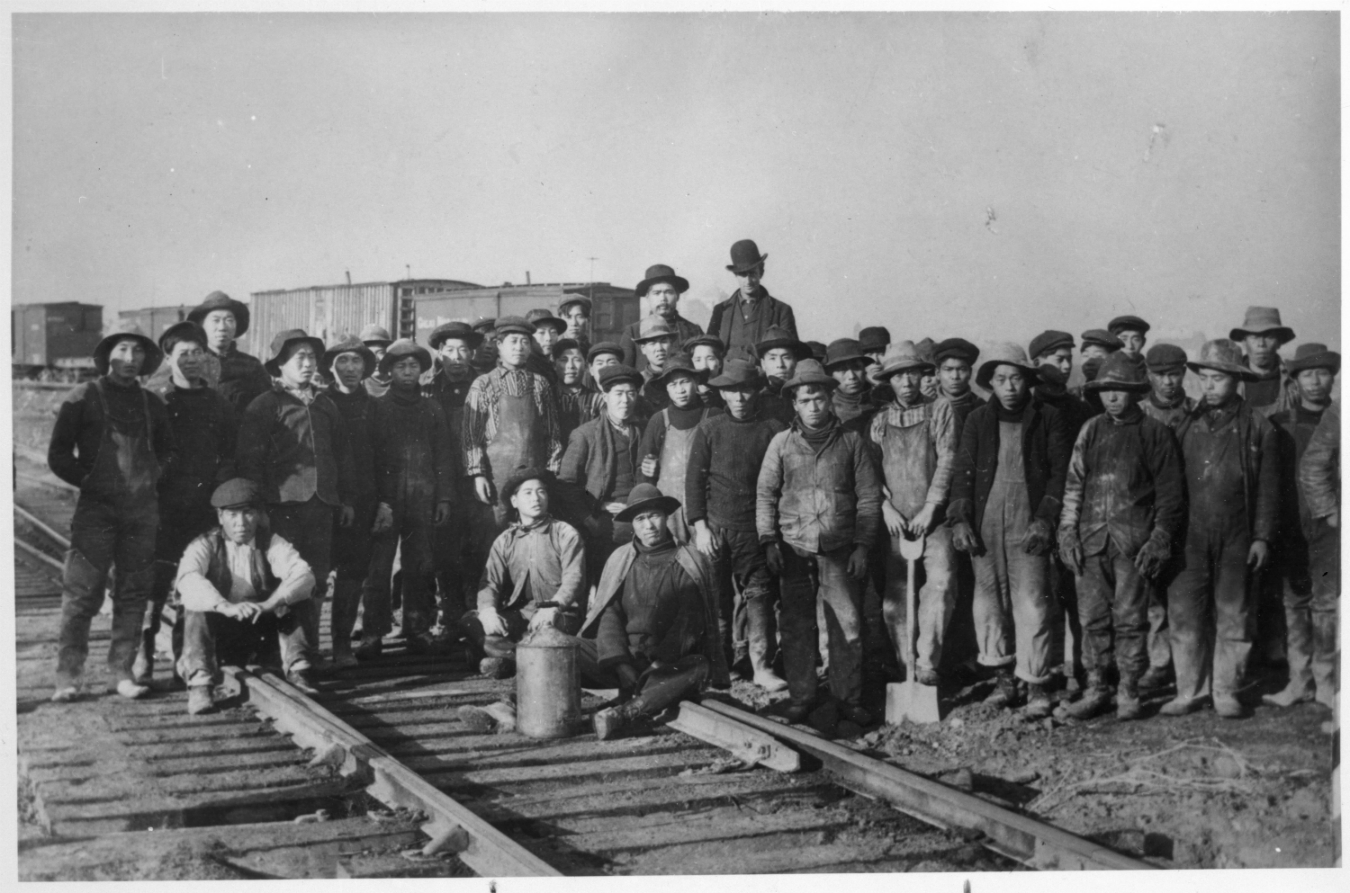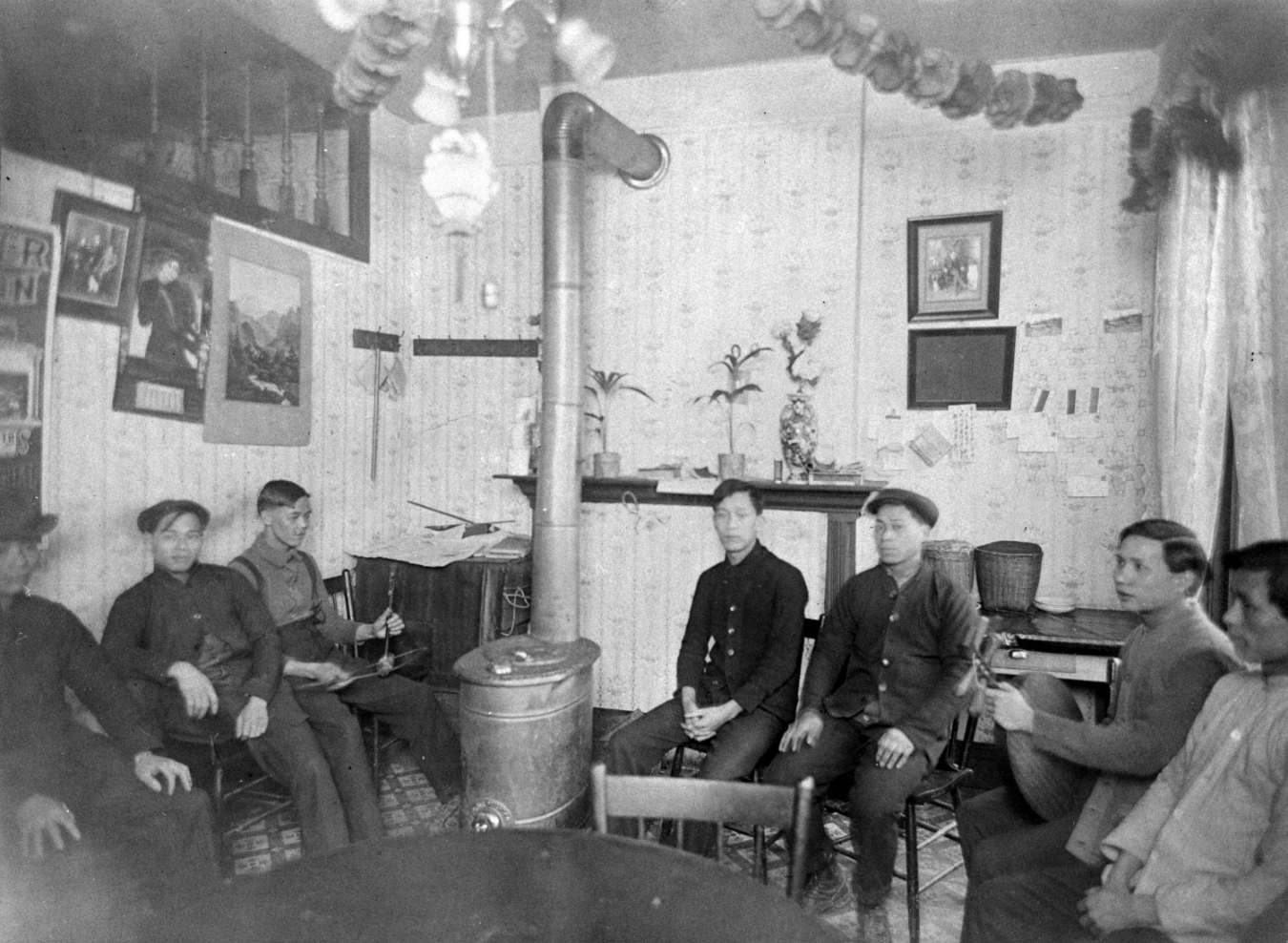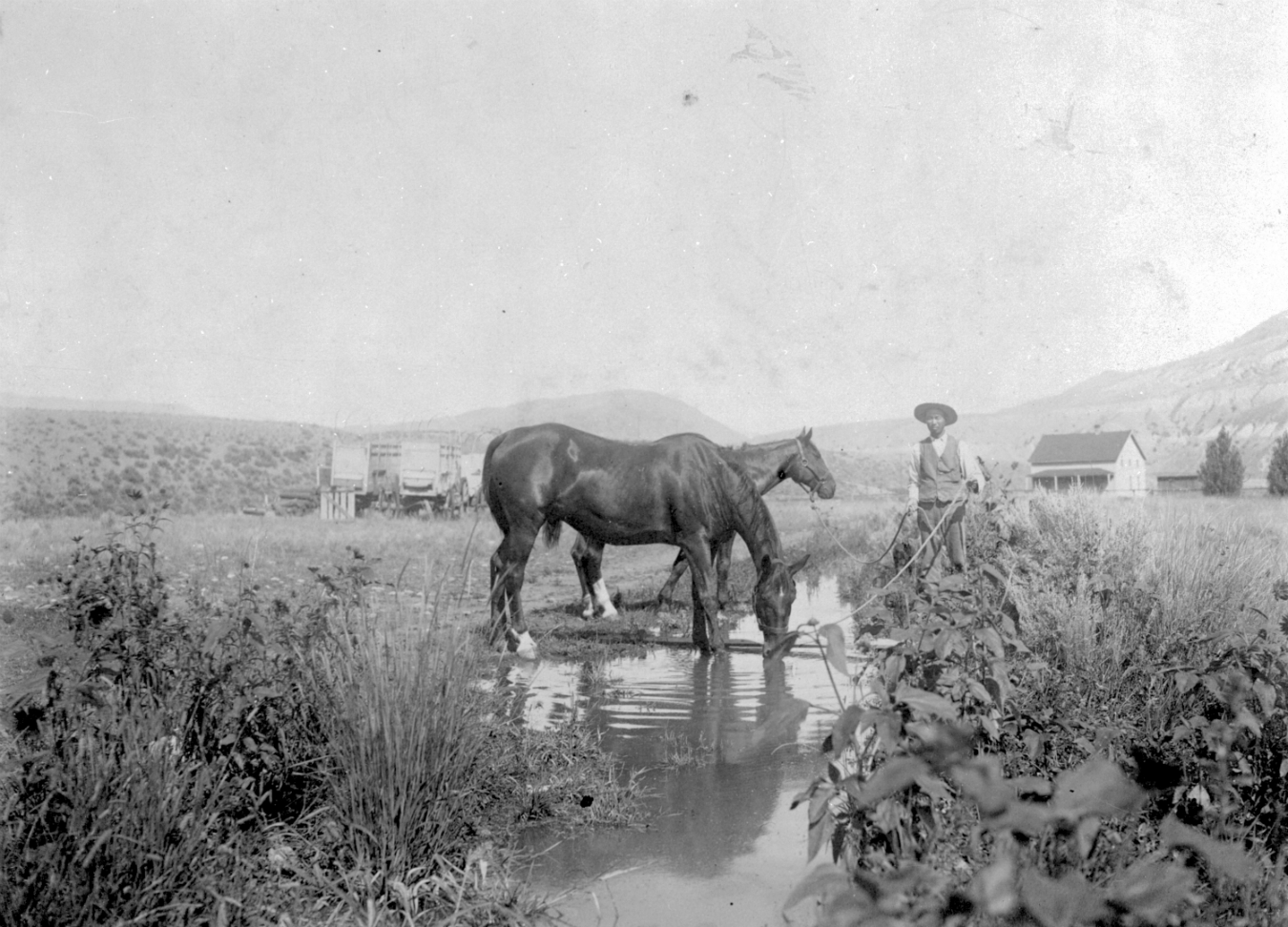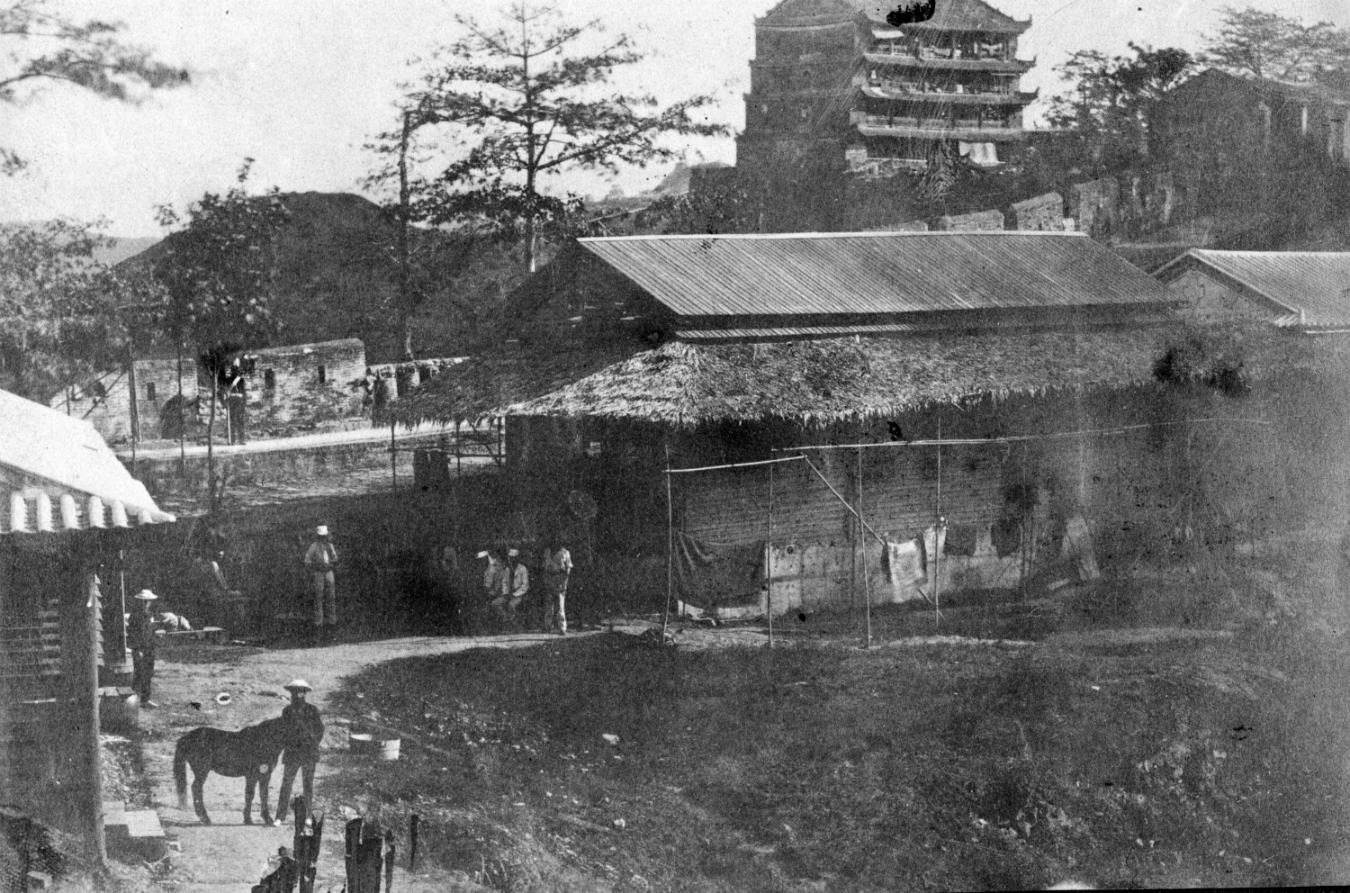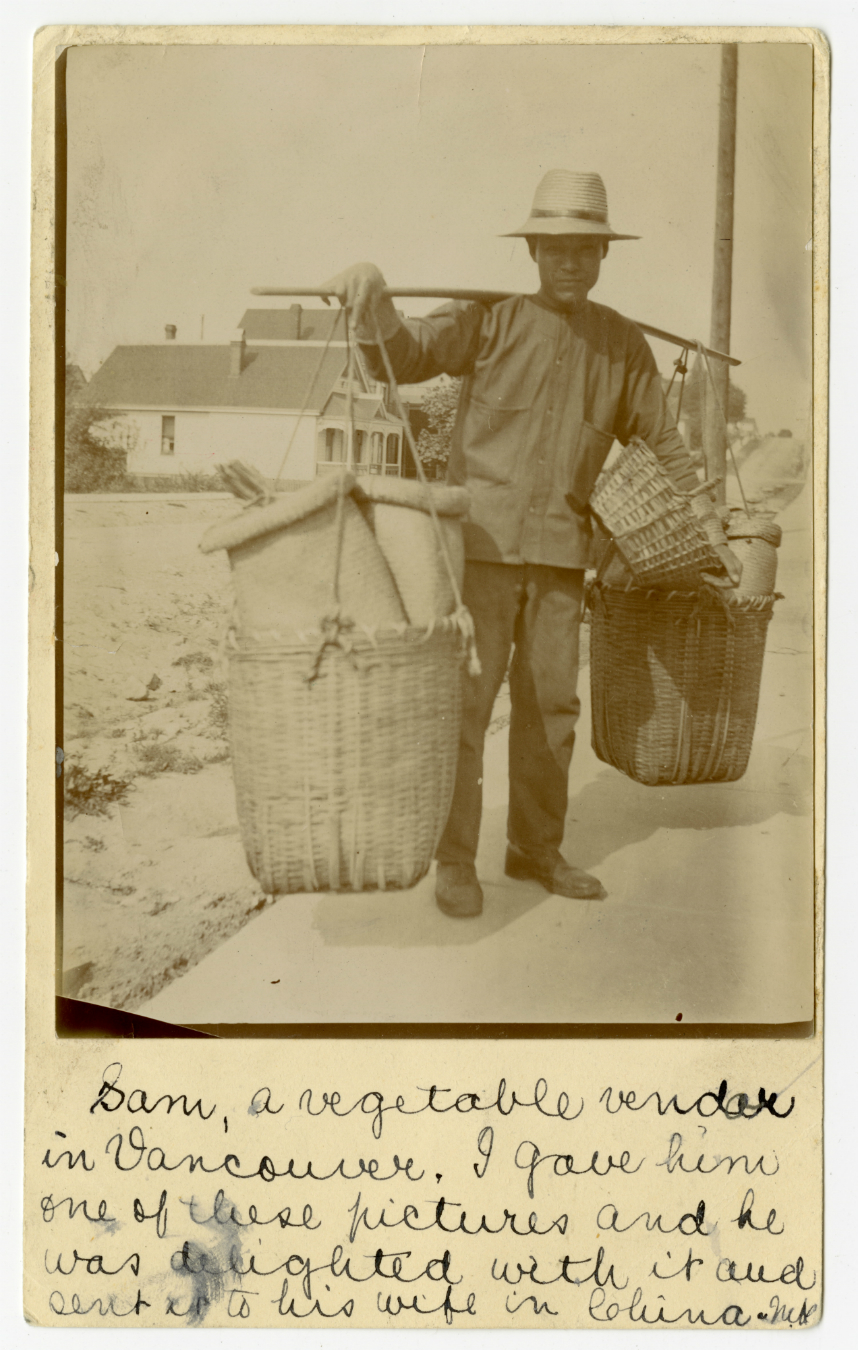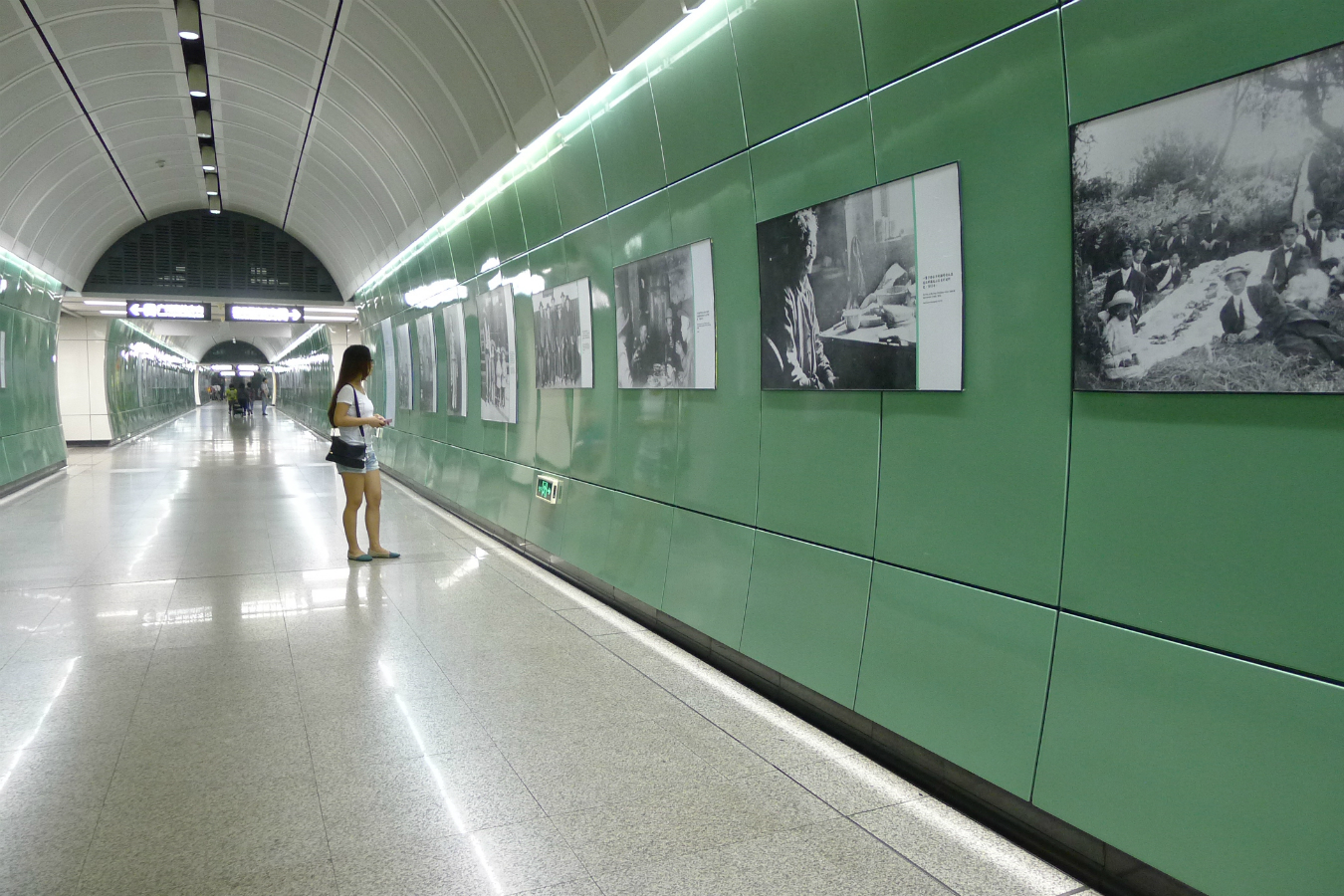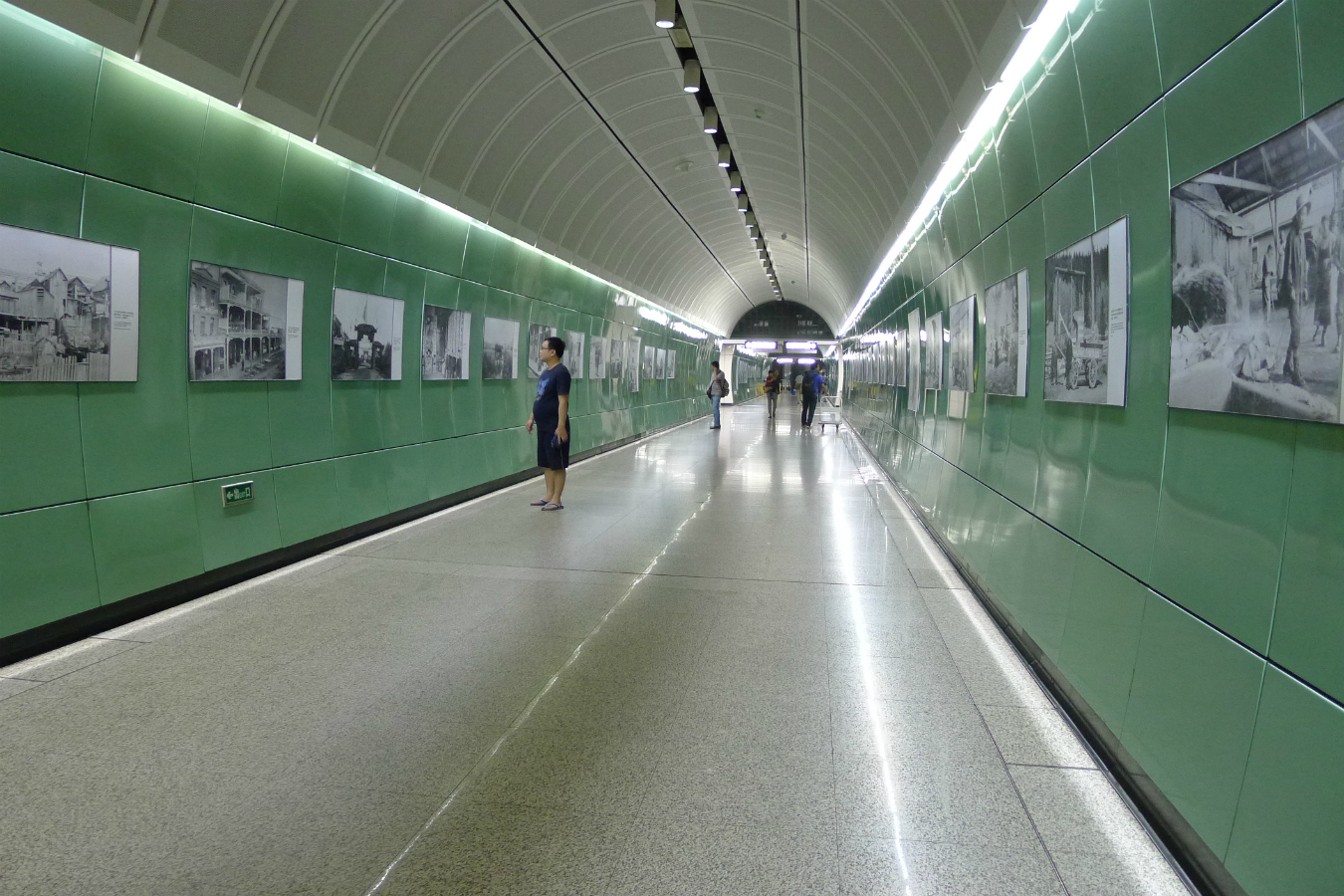Thrust in the centre of perhaps the most distracted audience—commuters—the Royal British Columbia Museum has installed a new travelling photography exhibition, Guangzhou to British Columbia: The Chinese Canadian Experience, 1858 to 1958, at a metro station in Guangzhou, China. Part of a larger exhibition at the Guangdong Museum of Chinese Nationals Residing Abroad and on until Nov. 28, the exhibition highlights the B.C. Fraser Gold Rush and the attraction (and often times disappointment) of the hailed “Gold Mountain”.
Coinciding with the democratization of photography, the images are some of the earliest in the medium. The grainy, ghost-like qualities of the photographs are captivating, at first because of their stark difference to the fluorescent-lit station; but upon second look, the candid and portrait photographs depict a time and place strange and unfamiliar even to those who recognize the dense evergreen terrain as the Pacific Northwest. Curator Don Bourdon was careful to build an exhibition alluring riders to take pause in their daily routines. “We saw this as an opportunity to stop commuters—it has literally stopped people in their tracks,” he says. “It’s caught the attention of thousands of commuters every day.”
The photographic story begins in 1858, marking an important year in Guangzhou and British Columbian history. “At the time, late 1850s, early 1860s, Guangzhou province would have been in turmoil,” explains Bourdon. “Places like Guangzhou would have been occupied by the French and British, there was a second opium war; economically it would have been quite dire, so they were desperately seeking better circumstances.” Word of the Gold Rush in North America had reached China, promising a wealth of opportunity to those who were willing to embark on treacherous journey, and swallow the discrimination and harsh work settings upon their arrival.
Within the photographs exhibited, these difficult truths are acknowledged, echoing the resolve of the Canadian government, who in 2014 issued a formal apology for the systematic prejudice faced by Chinese immigrants. Equally, however, the photographs tell a wider story of experience that includes moments of connection. “Some of the photographs do challenge the stereotypes of people in a hostile environment and also racism in legislature, particularly the head tax that prevented people from bringing family over,” says Bourdon. “I wanted to look at segregation, but I also wanted to show that on a personal level, within this difficult environment, there were acts of personal kindness.”
One particular photograph depicts four miners, Chinese and European workers alike, gathered around a table, sharing food, eating with chopsticks; it is remarkable in its unremarkable qualities. The familiar scene, now commonplace in British Columbian life, feels strange within its historical context. Being taken aback by such a mundane event highlights the immense change and exchange between cultures that has taken place throughout the centuries since. Within an ordinary, everyday space such as the subway station, we are reminded to stop and acknowledge where we are coming from.
Photos courtesy of the Royal BC Museum.

